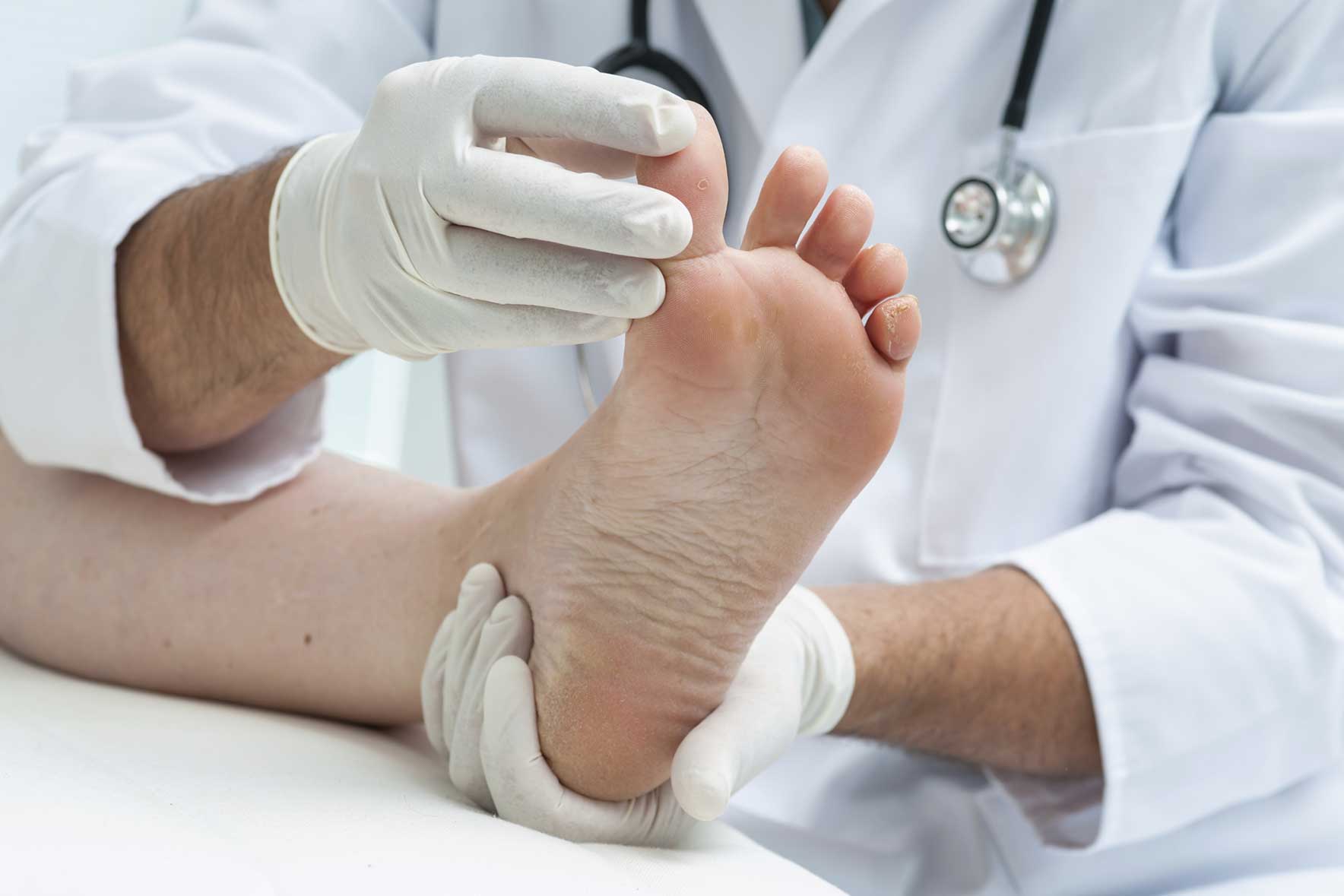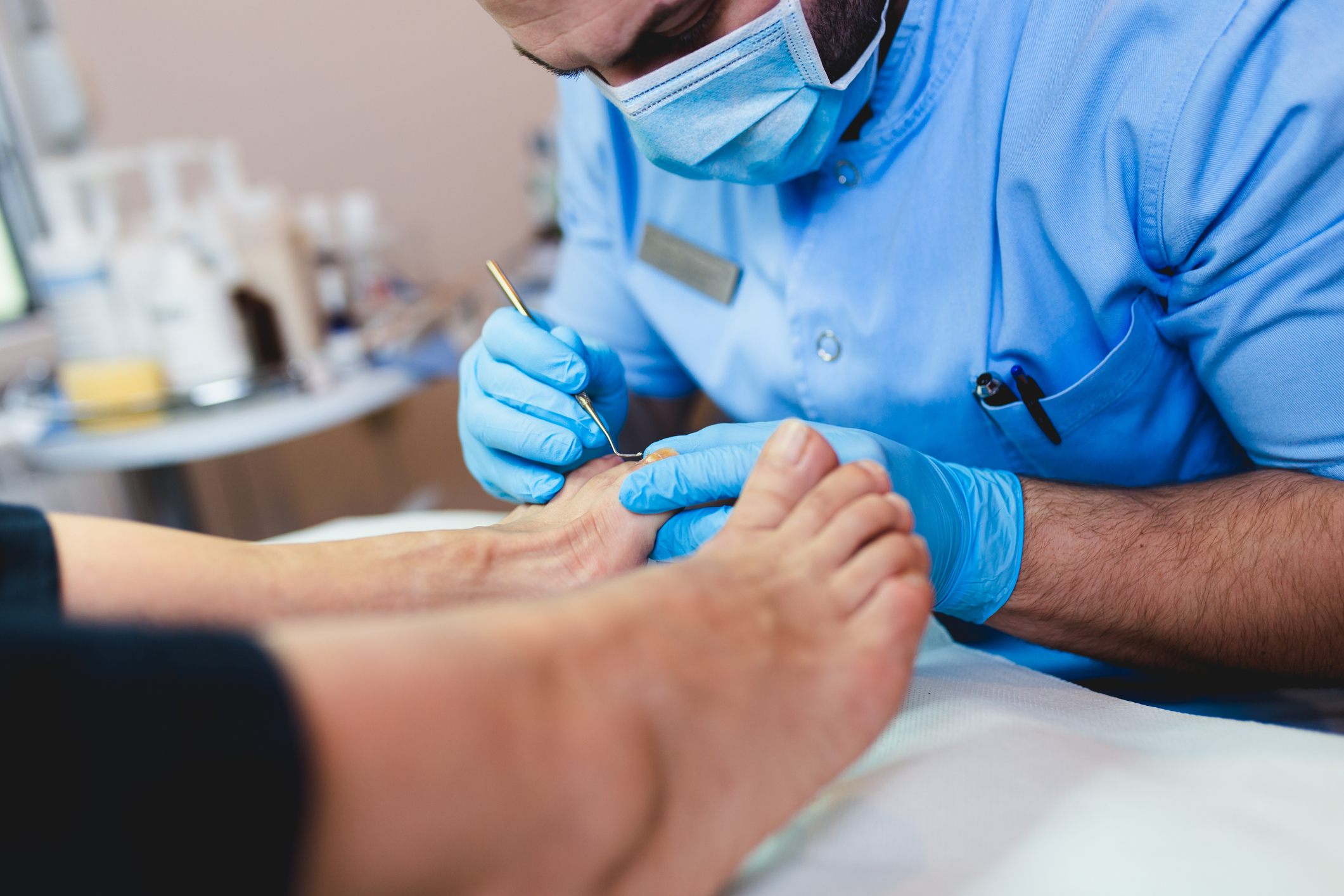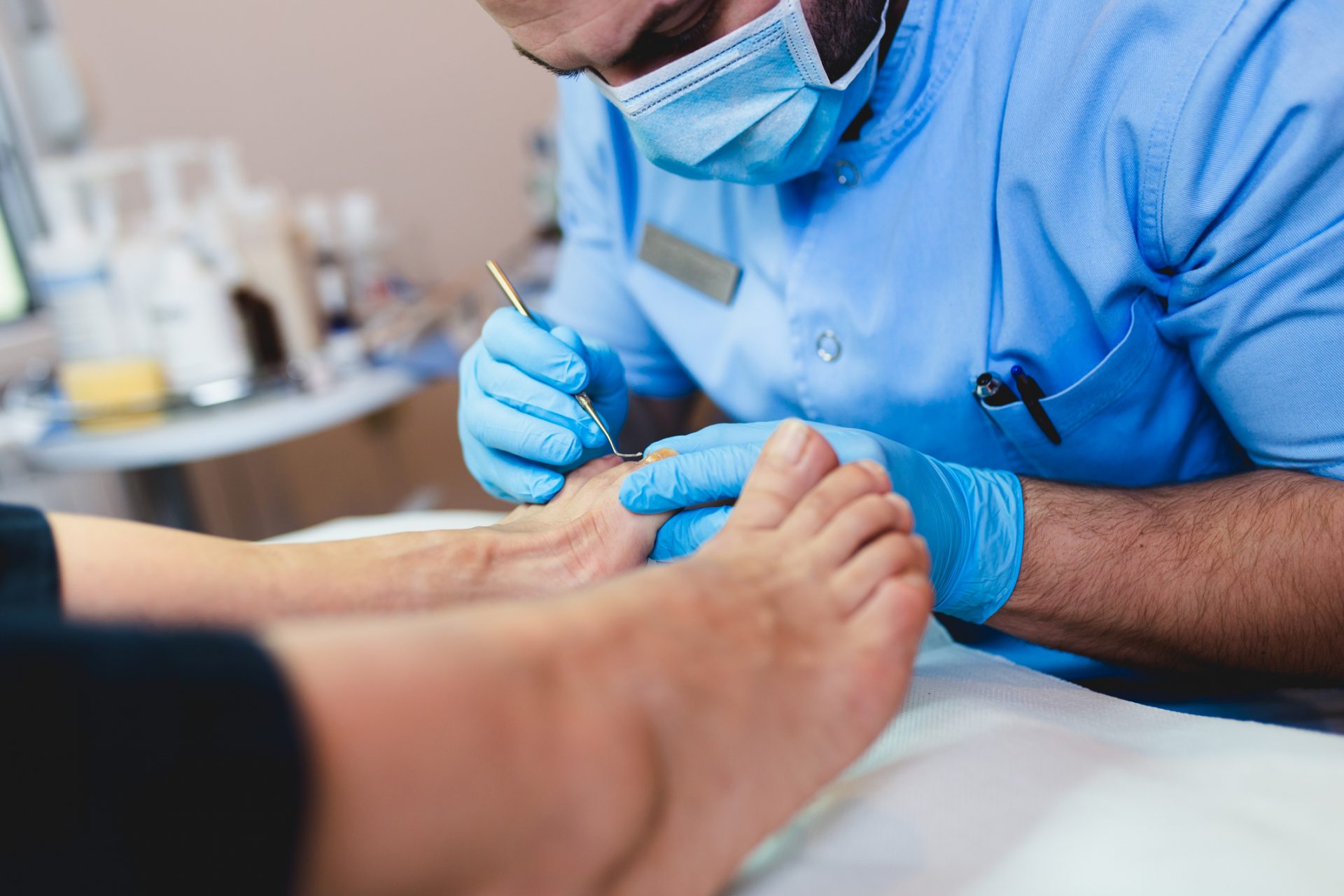Achilles Tendon is the largest, as well as the strongest tendon, which is situated at the back of the ankle. It is one of the most commonly damaged tendons especially amongst athletes.
Achilles Tendonitis is also referred as Achilles Tendinopathy in which the tendon is injured as a result of repetitive stress or overuse,leading to degeneration of the tendon. It can be acute or chronic.
In the acute stage the tendon can be inflamed, swollen or become painful, which cause the tendon to thicken. It occurs in individuals who do not warm up or do vigorous activity without stretching properly.

In the chronic stage the pain is gradual and the pain can be present over a period of weeks or months. You might want to consider seeking help from a chiropodist or podiatrist. Now, what’s the difference between a chiropodist and a podiatrist? Check this out.
It is present during exercise and is described as a constant throbbing pain. It worsens when climbing up stairs or running up hill. There can be noticeable stiffness especially in the morning or after rest. The tendon is tender on touching and there can be lumps or nodules as well as swelling or thickening of the tendon.
On examination there can also be a creaking sound.
Causes
As mentioned above it is an overuse injury which is common in athletes who are poorly conditioned and in people who have suddenly increased their activity.
Overpronation; this is where the feet roll inwards and as the feet roll inwards the lower leg rotates inwards more than normal, which then places twisting stress on the Achilles tendon.
- Badly worn shoes
Trauma to the tendon
It can also be aggravated by running up hill, excessive hill running or changing footwear i.e. wearing high heeled shoes and then changing to flat heeled shoes.
Tight or weak calf muscles can limit a range of ankle motions that is also a contributing factor to Achilles Tendonitis.

Variation in footwear can also lead to Achilles Tendonitis, i.e. excessive heel cushioning or sole of the shoe around the ball of the foot is stiff.
Playing sports that involve sudden stops or repetitive jumping, such as basketball or tennis.
Treatment
- Biomechanical examination to rule out pronation, leg length discrepancy
- Orthotics
- Specialist prolotherapy treatment
- Wearing heel pads for a short period
- Cut back on training if you are training every day, alternate it to every other day
- Avoid excessive stretching
- Ice therapy
- An exercise routine to strengthen the tendon
- Using light to medium compressions around the ankles and lower calf by wearing elastic bandages throughout the day to and also by wearing them during the night will help reduce morning stiffness.
- Undergoing Physiotherapy that involves high load eccentric contraction exercises, which has shown to be effective in decreasing pain and strengthening the tendon
- Wearing the right running shoes for your foot type i.e. anti pronatory
- Undergoing preventative training programme
- Ultrasound therapy
- Sports massage
- Elastic bandages
- Heel lifts
- Anti inflammatory creams
- Podiatrist Consultation

